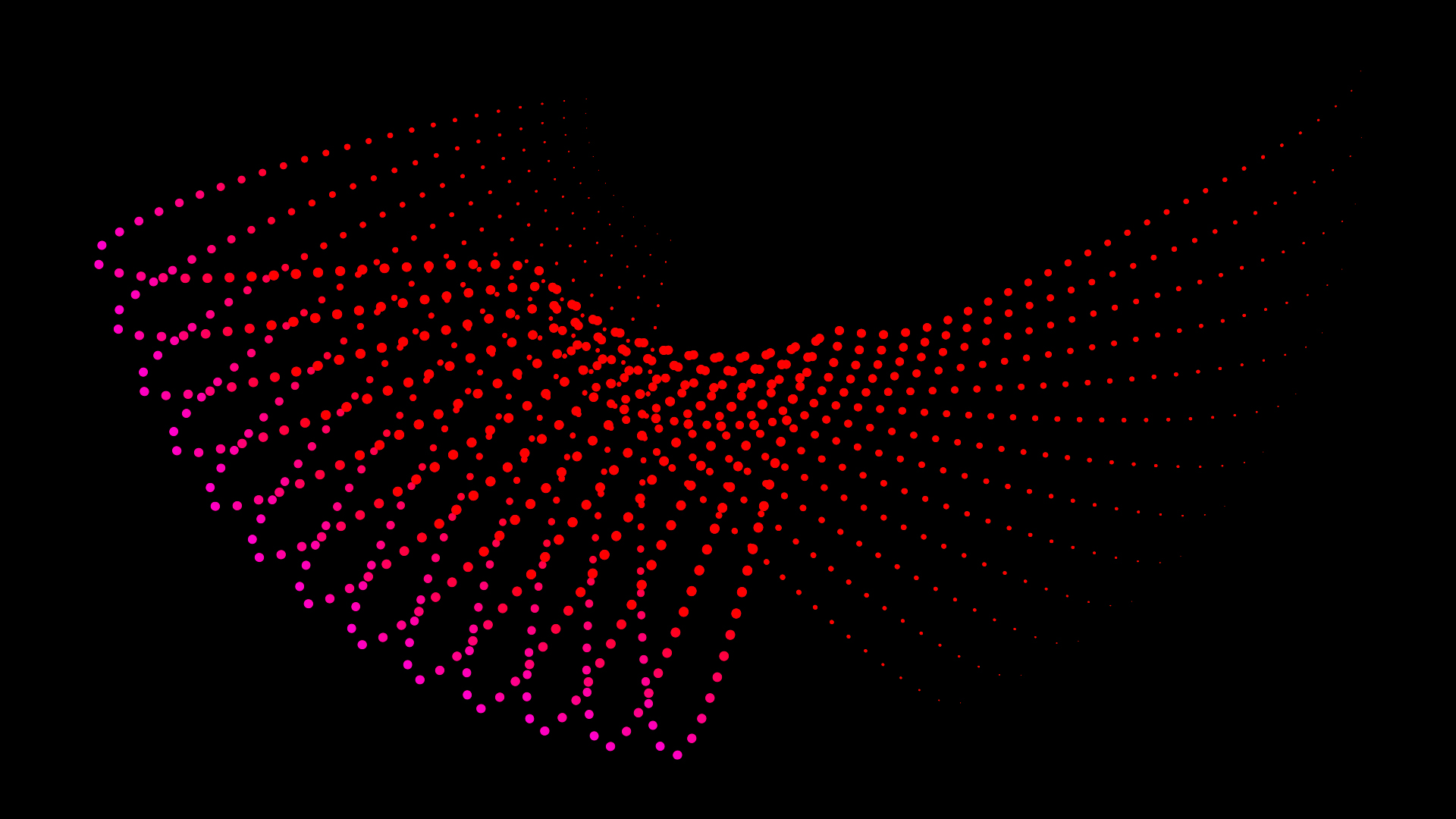LUDWIG VAN BEETHOVEN
Concert for violin and orchestra in D major op. 61
GIORGIO FEDERICO GHEDINI
Musica notturna for chamber orchestra (1947)
Violin
Elisabetta Garetti
Pier Domenico Sommati
SERGEJ PROKOF’EV
Symphony n. 1 op. 25 in D major “Classica“
Violin
Giovanni Andrea Zanon
Conductor
Donato Renzetti
Opera Carlo Felice Genova Orchestra
The Concerto for Violin and Orchestra op. 61 is one of the few works that Beethoven dedicated to this ensemble, together with the Romanze op. 40 and op. 50, dating back to 1802. The composition took place in the last months of 1806, in view of the first performance which would have been held at the Theater an der Wien on 23 December. The Concerto bears a dedication to Franz Clement – first performer and director of the same Theater – and was to some extent conceived for the soloist, in a particularly happy period of the composer’s artistic life. The Concerto is made up of three movements: the first, Allegro ma non tanto in sonata form is singularly extended. The rhythmic cell introduced at the beginning of the timpani is the backbone of the entire movement together with the two main themes. The Larghetto, in the form of a theme with variations, has a meditative character and almost acts as an introduction to the third movement, which begins without interruption on the final cadence of the second. The final Rondo is the moment of greatest virtuosity and compositional flair, the rhythmic element remains central and emerges above all in the chorus with its dancing character. Although initially the reception was rather lukewarm, the Concerto op. 61 established itself in the following decades as one of the Beethoven pieces most loved by the general public, as well as one of the most successful examples of the genre.
Giorgio Federico Ghedini (1892 – 1965) is a composer who is sometimes not sufficiently recognized in the Italian panorama of the twentieth century. His works, including musical theatre, symphonic-choral music, sacred music and chamber music, have brought together important influences such as late romanticism, the avant-garde of the beginning of the century and the Renaissance and Baroque tradition (especially in terms of timbre). Nocturnal music for chamber orchestra dates back to 1947, and represents the composer’s more intimate streak. In a single movement and with a collected ensemble, Musica notturna paints a landscape where a sometimes subtle and sometimes overwhelming restlessness reigns (in which the strings are the protagonists), with brief moments of intense sweetness (where the wind instruments stand out more). In Ghedini’s night, the complex relationship between shadow and light translates into an atonal musical language but tirelessly aimed at a tonality that eludes until the end. With this composition, Ghedini seems to herald what would have been the return to a more melodic language in his last years of activity.
The Classica Symphony was born from the declared intention of composing in Haydn’s style, which was particularly congenial to Prokofiev during his years of study in St. Petersburg. This choice was not intended to fall into a pure exercise of imitation, it was rather a rereading of the classical style with updated tools and according to a perspective inseparable from the very different historical context. Prokof’ev pondered how Haydn would have composed had he lived in his time, and in the summer of 1917, just before the Revolution caused him to move to America, he completed his first symphony, which was performed under his own direction in Leningrad on April 21, 1918. Formally, this symphony retraces the exact stylistic features of the classical Viennese model, with the first movement, Allegro, in sonata-form, the Larghetto with its lyrical and melodic progression, the Gavotte as a reference to eighteenth-century dance, and the very lively Finale. The major element of innovation, the twentieth-century share of the piece, is a use of harmony that is certainly less stable and measured, more unpredictable. Some of the defining aspects of Prokof’ev’s musical personality remain evident, such as percussive rhythmicity and a subtle irony; this further confirms the originality of the composition, in which the presence of a well-defined compositional ‘I’ is clearly felt.
Ludovica Gelpi

